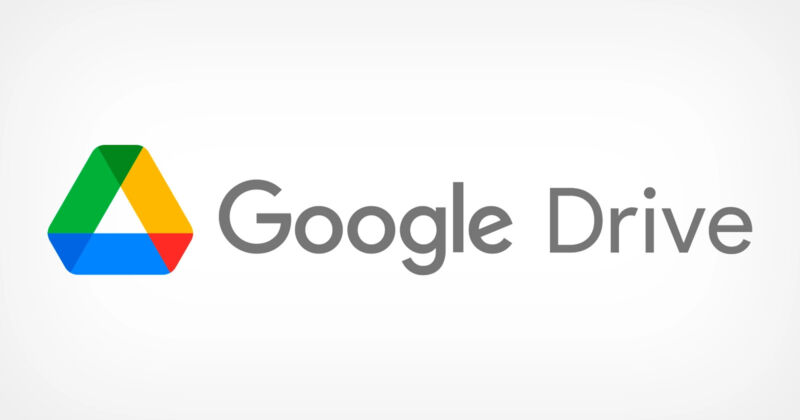
Did Google Drive lose some people’s data? That’s the question swirling around the Internet right now as Google announces it’s investigating “sync issues” for Google Drive for desktop. On Monday The Register spotted a trending post on the Google Drive forums where a user claimed that months of Drive data suddenly disappeared, and their files went back to a state from May 2023. A few other users chimed in with the same issue, the worst of which says: “This is going to cause me major issues if I cannot get the files back. It’s all my work for the last 1-2 years. All my business work, all my personal files. Everything, just vanished. It must be 100’s of files suddenly gone.”
Google has a post up on the Google Drive help forums more or less acknowledging the issue. The post, titled “Drive for desktop (v84.0.0.0 – 84.0.4.0) Sync Issue,” says, “We’re investigating reports of an issue impacting a limited subset of Drive for desktop users and will follow up with more updates.” Google adds an ominous list of things to not do in the meantime like:
- Do not click “Disconnect account” within Drive for desktop
- Do not delete or move the app data folder:
- Windows: %USERPROFILE%AppDataLocalGoogleDriveFS
- macOS: ~/Library/Application Support/Google/DriveFS
- Optional: If you have room on your hard drive, we recommend making a copy of the app data folder.
Those instructions sound like they are aimed at preserving whatever possible file cache would exist on your computer. The description of this being a “sync” issue doesn’t really make a ton of sense, since no matter what, the Drive web interface should show all your files and let you download them. If the problem is uploading, you should still have your local files.
What really complicates the issue in terms of solving the problem and trying to parse through user complaints is that Drive for Desktop has two totally different modes of operation that could be causing issues. One is the traditional “mirroring” mode that works like Dropbox, where files on your hard drive get uploaded to the cloud, downloaded to all your other devices, and stay on your computer. It’s hard to imagine losing files in this mode, since at the end of the day they are still files on your hard drive. Mirroring isn’t the default, though. In recent years the defaults switched to “File Stream,” where most files aren’t ever actually stored on your computer, and instead you only get fancy shortcuts to files that are exclusively in the cloud. You’re expected to have an always-on Internet connection and, when you try to open a cloud file link, the actual data is quickly streamed to your device so applications can access it. File Stream keeps a cache of “recently and frequently used files,” but other than those, Drive will actively remove files from your computer.
That’s all to say that, if Google lost data, and you were in File Stream mode, there’s a good chance you don’t actually have your files anymore. Dropbox and Drive mirror mode keep local copies of the file on your computer, but File Stream often does not. Is File Stream deleting or moving files without uploading them first? That would be rough.
For a service that needs to be rock-solid reliable, Drive has had a rough year. Besides whatever this issue ends up being, Google has also tried to cut Drive costs this year by rolling out a hard cap on file count (in addition to the usual byte size limit), which was later reversed after it got press coverage. Google enacted this file limit as a total surprise and didn’t talk about it for months, which left some businesses with broken setups scrambling to try to figure out what was happening. The whole sales pitch of cloud storage is that you should trust your big-tech storage provider to take care of your files and act responsibly, and Drive hasn’t met that sales pitch this year. With paid additional storage available through “Google One” personal storage, and “Google Workspace” business accounts, many people are paying per month to use Drive.
